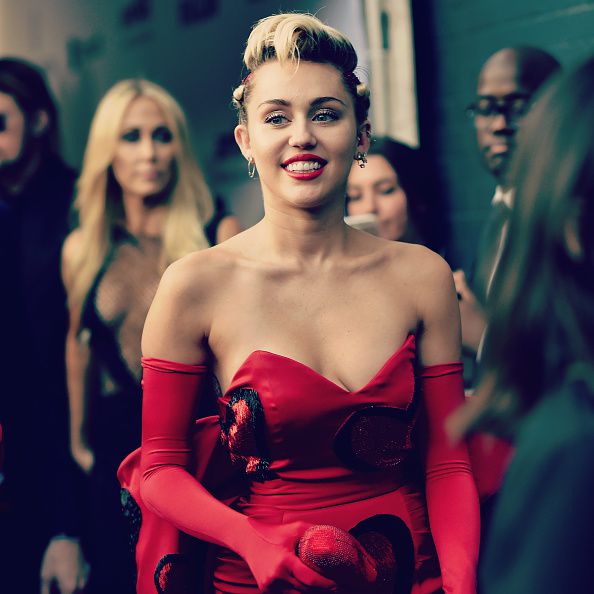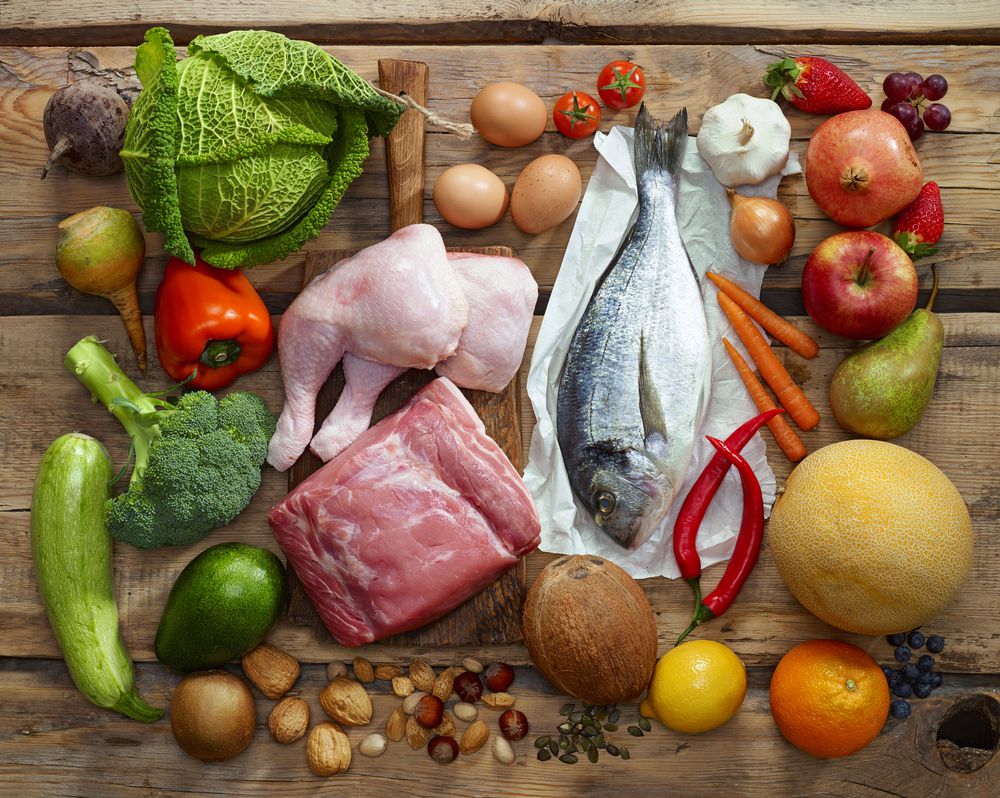Presidential candidate Jeb Bush recently made headlines for losing 40 pounds on the campaign trail.
Dropping that much weight is a difficult feat for anybody — and doing so on campaign stops that involve fried chicken and Philly cheesesteaks, washed down by soda and DQ Blizzards, is a Herculean task.
Bush’s weight loss secret? The Paleo diet.
By now, you’re probably familiar with the theory of “caveman eating.” Over the past 10 years, the Paleo diet has endured in popularity, grabbing attention not only from POTUS wannabes but also celebrities, sports stars, and everyone who has ever taken a CrossFit class. Here’s what you need to know about the diet that just won’t go away.
According to the book Diet Cults by Matt Fitzgerald, the idea of eating Paleo started to emerge in the 1970s. A doctor and academic named Walter Voegtlin thought his modern kinfolk would be much healthier if only they returned to the pre-agricultural food habits of the Paleolithic era, which ended about 11,000 years ago, and he began to write about his theories.
The main idea behind the Paleo diet is that our bodies haven’t adapted quickly enough to modern agricultural practices and all the Big Food industry offerings that have followed.
So Paleo eating involves sticking to the (supposed) eating patterns of our ancestors: lots of meats and fish, fresh fruit and vegetables, and eggs and nuts. The diet is also rather restrictive: no grains, refined sugar, processed foods, dairy, or even legumes such as lentils or beans. Eating this way, advocates say, can help people avoid the scourges of modern living, from obesity and heart disease to diabetes, cancer, and even acne.

Miley Cyrus. (Mike Coppola/Getty Images)
The diet’s popularity really exploded with American academic and evangelizer Loren Cordain, author of the 2002 book The Paleo Diet. Cordain — who calls himself “the world’s leading expert on Paleolithic diets” and even trademarked the term “Paleo Diet” — has built a brand around advocating for hunter-gatherer eating.
The Paleo program undoubtedly gained traction because of its emergence during the low-carb obsession and the movement to eat more whole and natural foods and fewer processed meals. “The notion that we’re trapped in Stone Age bodies in a fast-food world is driving the current craze for Paleolithic diets,” explains Ann Gibbons in an excellent National Geographic article, “The Evolution of Diet.”
The celebrity embrace has also helped Paleo’s popularity. Miley Cyrus, Kobe Bryant, and Uma Thurman have all espoused the diet. And if you’ve ever attended a CrossFit exercise class, you’ve probably been surrounded by acolytes helping to spread the gospel of Paleo. According to Diet Cults, one of Cordain’s followers happened to be the head of CrossFit’s nutrition program and helped embed the diet in what is now the fitness program’s vast global network.

The Paleo diet. (MaraZe/Shutterstock)
Scientists have long debunked the Paleo diet’s foundational myth that our forefathers and foremothers ate in this one way.
The truth is our ancestors ate in a lot of ways, Harvard paleoanthropologist and author of The Story of the Human Body Daniel Lieberman told me: “There is no one ‘Paleo diet.’ There are millions of Paleo diets. People in East Africa ate different foods than people in West Africa versus the Middle East, and South America, and North America.”
What’s more, we didn’t necessarily evolve to eat meat. In a popular TED talk, anthropologist Christina Warinner explains that humans actually have “no known anatomical, physiological, or genetic adaptations to meat consumption.” In fact, humans actually have many adaptations to plant eating:
Take, for example, vitamin C. Carnivores can make their own vitamin C, because vitamin C is found in plants. If you don’t eat plants, you need to make it yourself. We can’t make it, we have to consume it from plants. We have a longer digestive tract than carnivores. That’s because our food needs to stay in our bodies longer, so we have more time to digest plant matter.
There’s also plenty of evidence that people in the Paleolithic era ate grains and other carbs — even though new Paleo enthusiasts shun them.
As Gibbons describes in National Geographic, the real Paleolithic diet “wasn’t all meat and marrow.” While hunter-gatherers did eat meat, when it was scarce they relied on “fallback foods” — nuts, tubers, plantains, water chestnuts:
“There’s been a consistent story about hunting defining us and that meat made us human,” says Amanda Henry, a paleobiologist at the Max Planck Institute for Evolutionary Anthropology in Leipzig. “Frankly, I think that misses half of the story. They want meat, sure. But what they actually live on is plant foods.”
So if today’s paleo diet was true to human history, it would probably look less like a meat extravaganza and more like something from a Michael Pollan book: “Eat food. Not too much. Mostly plants.”
Lieberman actually calls the assumption that we only adapted to eat food that our ancestors usually ate “the most important problem” with Paleo eating.
One of the fundamental principles of evolution is that natural selection favors only traits that increase reproductive success, he explained, and that we adapted to be healthy insofar as health improves our ability to have more children — who survive and in turn have children, thus passing those genes down to further generations.
“We are also adapted to be lazy, depressed, to crave sugar and avoid exercise. If you put a donut in front of any hunter-gatherer, of course he’d eat it,” he explained.
Paleo diet followers would argue that, for example, because milk wasn’t plentiful in the hunter-gatherer years, we must not be equipped to handle it and we’re healthier without it. “I have no problem digesting milk sugar because some of my ancestors evolved a mutation that helps me break it down,” said Lieberman. “The idea that evolution just stopped is obviously false.”
“It doesn’t take long or much evolutionary theory,” he added, “to realize some of the premises behind the Paelo diet are silly.”
People lose weight on any diet that restricts calories and cuts out junk food, including the Paleo diet. There is also some evidence that people lose marginally more weight — a few extra pounds — when eating diets with fewer refined carbohydrates. But whether Paleo is any better than Atkins or any other low-carb diet isn’t clear.
The diet does get some things right. No one will argue that we should avoid added sugars and processed foods whenever possible. Even Lieberman, who is skeptical of some Paleo philosophies, said that he’s not skeptical of the healthfulness of certain aspects of Paleo eating — like it’s emphasis on avoiding high-glycemic foods and pro-inflammatory fats.
But eating mainly meat, fruits, and vegetables without any bread, dairy, pasta, or even beans may not be realistic for any sustained period of time. And cutting vitamin-rich legumes and dairy, and fiber-filled grains based on foggy logic and misinformation seems unnecessarily cruel.
In other words, the imagined Paleo life is probably hard to endure today. So while the diet may be great for dramatic weight loss in the short term, such as for Bush, keeping the weight off over months or years will probably be even more difficult than surviving a junk-food-lined campaign trail and clinching the presidency.
Even Bush may have some trouble with Paleo living. As he told the New York Times, “I am always hungry.” That doesn’t sound like a recipe for long-term dieting success.
According to basically every diet researcher I have ever spoken to, the key to weight loss over the long haul is finding an eating pattern you like and can stick with.
Source: vox.com




















Add comment